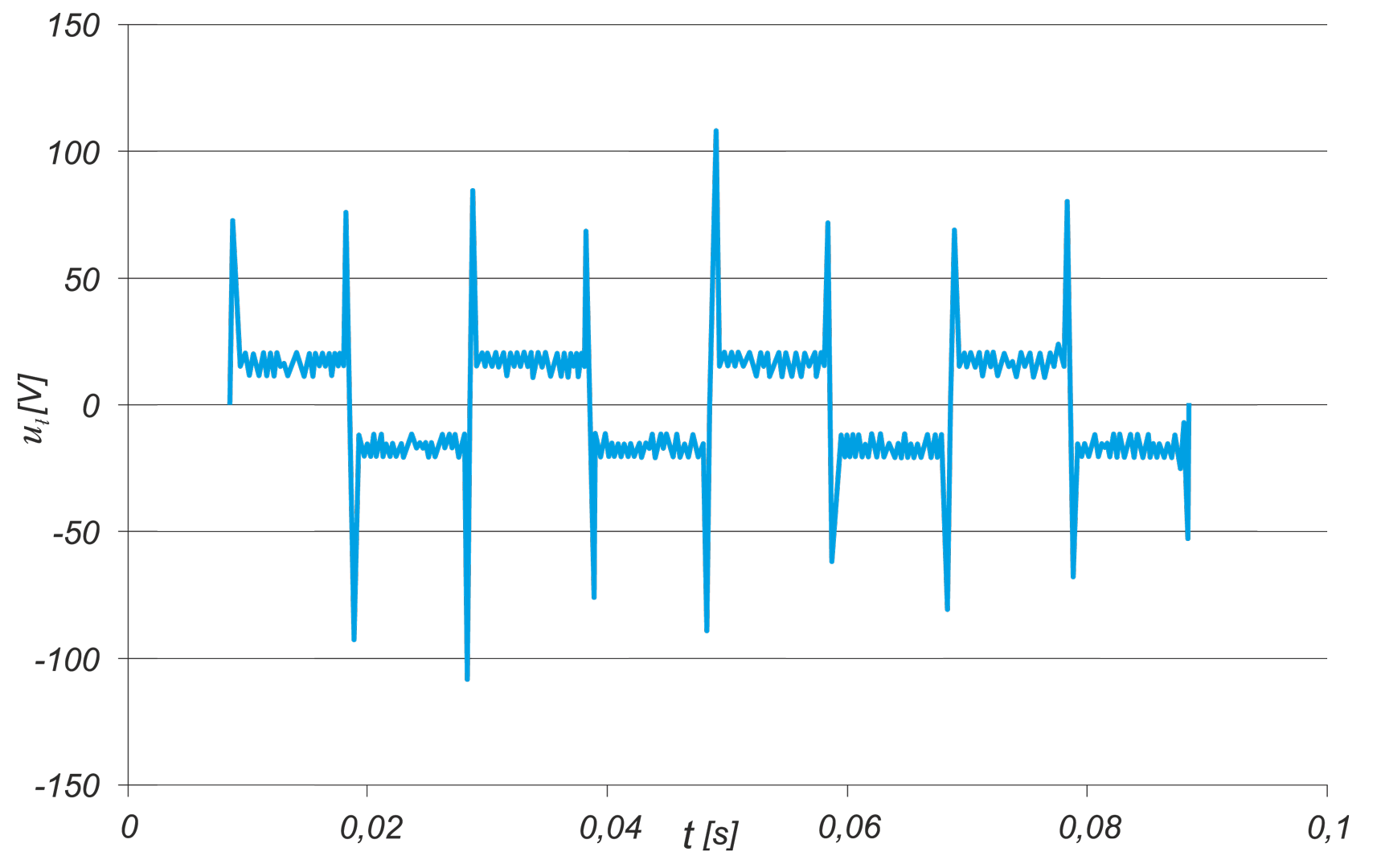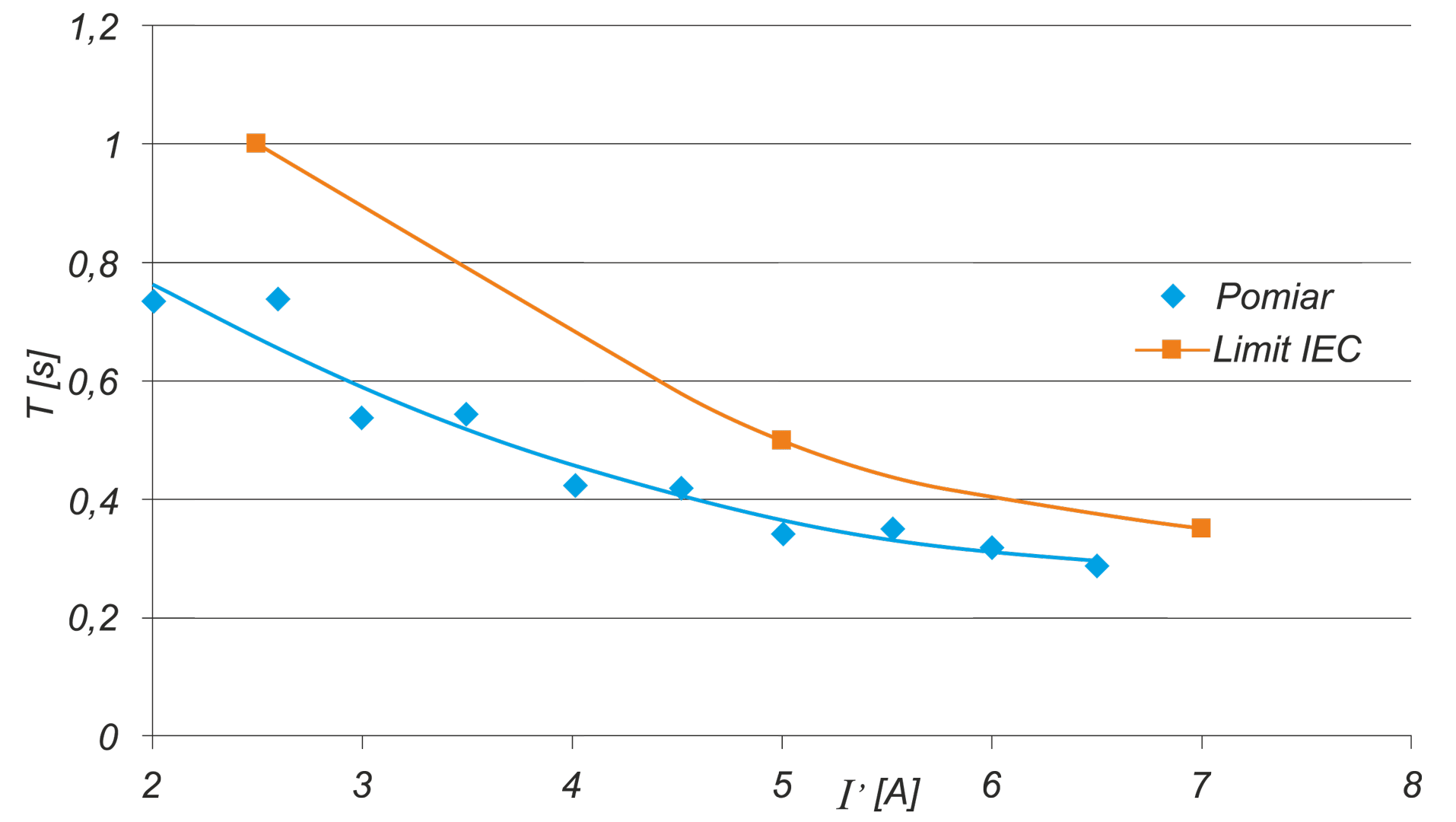E-pismo dla elektryków i elektroników
AUTOMATYKA, ELEKTRYKA, ZAKŁÓCENIA
vol. 10, Nr 1 (35) 2019
Zwarcia łukowe w instalacjach elektrycznych niskiego napięcia
Arc Faults in Low Voltage Electrical Installations
mgr inż. Łukasz PRZYBECKI, mgr inż. Michał TWARDOWSKI
Abstract
This article discusses the issue of faults and damages of electrical devices and installation, and it describes one of the solutions which depends on using an arc fault detector. The article begins with fire statistics, reasons and effects of arc faults. Moreover, there is presented a gap in safety measures, commonly used in low voltage electrical installations. The main aim of releasing the detector is to fulfill the mentioned gap. There is also described construction of this device, its working principles and related standards
Streszczenie
Artykuł podejmuje temat wad i uszkodzeń urządzeń i instalacji elektrycznych, oraz omawia przykładowe rozwiązanie tego problemu poprzez wykorzystanie przeciwpożarowego detektora iskrzenia. Przedstawione zostają statystyki pożarów oraz przyczyny i skutki powstawania zwarć łukowych. Ponadto poruszony zostaje temat luki w zabezpieczeniach instalacji elektrycznych niskiego napięcia, której wypełnienie ma na celu wprowadzenie na rynek wspomnianego wcześniej detektora. Opisana jest również jego budowa oraz zasada działania wraz z przystosowaniem do istniejących norm
Keywords
arc faults , electrical installations
Słowa kluczowe
zwarcia łukowe , instalacje niskiego napięcia
Rys. / Fig.
Bibliografia / Bilbiography
[1] Jean-Mary Martel, „Series faults in low-voltage AC electrical installations”, Universitaetsverlag Ilmenau 2018, ISBN 978-3-86360-173-7
[2] Carlos E. Restrepo, “Arc Fault Detection and Discrimination Methods”, Electrical Contacts - 2007 Proceedings of the 53rd IEEE Holm Conference on Electrical Contacts
[3] Birger Pahl, Thomas J. Schoepf, Xin Zhou, Engelbert Hetzmannseder, “Arc faults in residential electrical systems”, Albert-Keil-Kontaktseminar, Karlsruhe (D), 7. -9. Oktober 2009
[4] Interwencje PSP: lata 2010-2017 - „Przypuszczalna przyczyna pożarów w rozbiciu na województwo ”, www.straz.gov.pl
[5] Piotr Guzewski, Daniel Małozięć, bryg. dr inż. Dariusz Wróblewski, „Czerwona Księga Pożarów: Wybrane problemy pożarów oraz ich skutków. Tom 1”, CNBOP 2016
[6] PN-EN 62606:2014-05 „Wymagania ogólne dla urządzeń do detekcji zwarć łukowych”.
[7] DIN VDE 0100-420:2016-02 “Errichten von Niederspannungsanlagen – Teil 4-42: Schutzmaßnahmen – Schutz gegen thermische Auswirkungen”.
[8] Sauter (2010). "3.7.1 Mobility Management in the Cell-DCH State". From GSM to LTE: An Introduction to Mobile Networks and Mobile Broadband (eBook). John Wiley & Sons. p. 160. ISBN 9780470978221. Retrieved 2013-03-24.
[9] 5SM6 AFD units. Technology Primer. Siemens AG 2016
[10] PN-HD 60364-4-42:2011/A1:2015-01 "Instalacje elektryczne niskiego napięcia - Część 4-42: Ochrona dla zapewnienia bezpieczeństwa - Ochrona przed skutkami oddziaływania cieplnego".
[11] Piotr Guzewski, Daniel Małozięć, bryg. dr inż. Dariusz Wróblewski, „Czerwona Księga Pożarów: Wybrane problemy pożarów oraz ich skutków. Tom 1”, CNBOP 2016























































